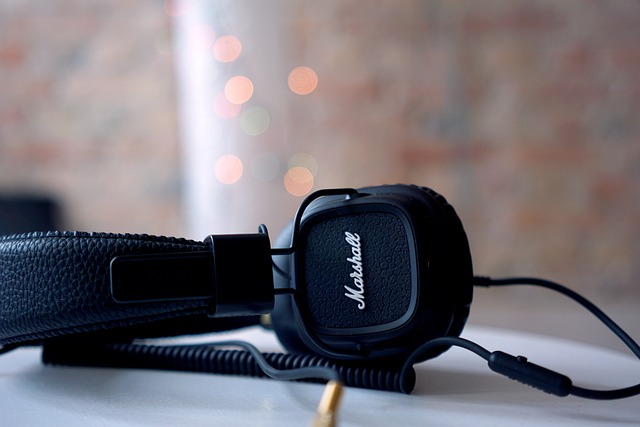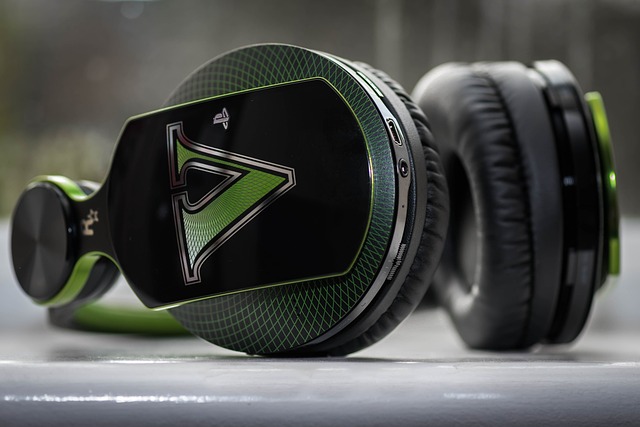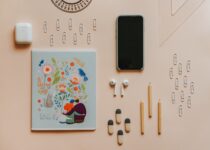How To Use Lightning Headphones On a Laptop?
Have you ever tried to use your lightning headphones on your laptop only to find that they’re not compatible? It can be frustrating to invest in a quality pair of headphones only to be limited to using them on certain devices.
Also headphone might cause headache.
But don’t worry, there are solutions to this problem.

If you’re looking to use your lightning headphones on your laptop, you may need some help. This is because most laptops don’t have a lightning port, which is typically found on Apple mobile devices.
However, there are a few workarounds you can try to get your headphones working on your laptop.
In this article, we will explore how to use lightning headphones on a laptop, and the different options you have to get them working, so keep reading to find out more!
4 instant ways to connect lightning headphones on your laptop
There are a few methods to solve the problem of how to use lightning headphones on a laptop. Using these methods, you can enjoy high-quality sound and use your lightning headphones on your laptop without any compatibility issues.
Now have a look at some ways to use lightning headphones on a laptop:
1. Use an adapter:
You can use an adapter that converts the lightning port to a USB or audio port that’s compatible with your laptop. There are several adapters available in the market that can help you connect your headphones to your laptop.
Simply connect one end of the lightning cable to your headphones and the other end to the adapter. Then, connect the adapter to your device’s audio jack or USB port.
2. Use a Bluetooth connection:
If your laptop has Bluetooth capabilities, you can pair your headphones with your laptop wirelessly. Simply turn on your headphones and put them in pairing mode.

Then, go to your laptop’s Bluetooth settings and search for available devices. Once your headphones appear on the list, select them and connect.
And now you are good to go as you have resolved the issue of how to use lightning headphones on a laptop.
3. Use lightning to USB-C cable:
If your laptop has a USB-C port, you can use a lightning to USB-C cable to connect your headphones to your laptop.
For connecting you have simply connected one end of the lightning to the USB cable to your headphones and the other end to the adapter. Then, connect the adapter to your device’s USB port.
4. Use a USB audio adapter:
If you still haven’t figured out the answer to how to use lightning headphones on a laptop then you can try this m method.
You can use a USB audio adapter to connect your lightning headphones to your laptop. This adapter typically has a USB port on one end and a 3.5mm audio jack on the other end.
Simply all you have to do is connect one end of the lightning to the USB cable to your headphones and the other end to the adapter. Then, connect the adapter to your device’s USB port.
Once your lightning headphones are connected, you should be able to enjoy high-quality sound from your device.

Here why are earbards so quit.
Frequently asked questions
Can I connect iPhone earphones to my laptop?
Yes, you can connect iPhone earphones to a laptop using an adapter that converts the Lightning connector to a 3.5mm audio jack, which is commonly found on laptops.
Alternatively, you can use Bluetooth to connect your iPhone earphones to your laptop if it has Bluetooth capabilities.
How do I connect my Lightning Jack to my computer?
You can connect a Lightning jack to your computer using an adapter that converts the Lightning connector to a USB port, an audio jack, or a USB-C port, depending on the ports available on your computer.
Simply plug one end of the adapter into the Lightning jack on your headphones and the other end into the port on your computer.
How do I use the Lightning port on my headphones?
To use the Lightning port on your headphones, you will need to connect them to a device that has a Lightning port, such as an iPhone or iPad. Simply plug the Lightning connector into the port on your device, and your headphones should be ready to use.
How do I connect Lightning earphones to USB-C?
To connect Lightning earphones to a USB-C port, you will need a Lightning to USB-C adapter. Plug one end of the adapter into the Lightning port on your earphones and the other end into the USB-C port on your device.
Once connected, you should be able to take phone calls or listen to podcast.
Can I use my Lightning headphones with a non-Apple device?
Yes, you can use your Lightning headphones with a non-Apple device, but you will need to use an adapter or cable that converts the Lightning connector to the appropriate audio jack or USB port for your device.
Remember that some features, such as the remote and microphone, may not work properly on non-Apple devices.
Can I charge my iPhone while using Lightning headphones?
It depends on the type of iPhone you have. If you have an iPhone model with a separate audio jack, such as the iPhone 6s or earlier, then you can charge your phone and use Lightning headphones simultaneously.
However, if you have an iPhone model that only has a Lightning port, such as the iPhone 7 or newer, you will need to use a Lightning splitter adapter to charge your phone and use Lightning headphones at the same time.
Conclusion
To sum up, using lightning headphones on a laptop can be a convenient way to listen to music or take phone calls, especially if you primarily use Apple devices.
With the appropriate adapter or cable, it is possible to connect your lightning headphones to a laptop or other devices that have a compatible port.
The decision to invest in Apple EarPods with lightning connectors depends on individual preferences, including sound quality, convenience, compatibility, and price.
We hope this article has provided some helpful insights on how to use lightning headphones on a laptop and answers to your frequently asked questions.
If you have any further questions or comments, please don’t hesitate to reach out and share them with us.
We encourage you to share this article with others who may find it helpful and to leave your thoughts and feedback in the comments section below. Thanks for reading!



